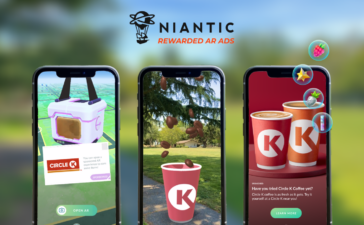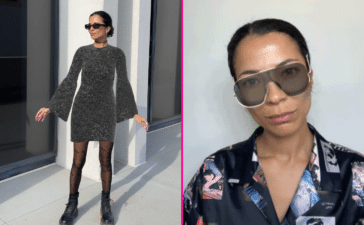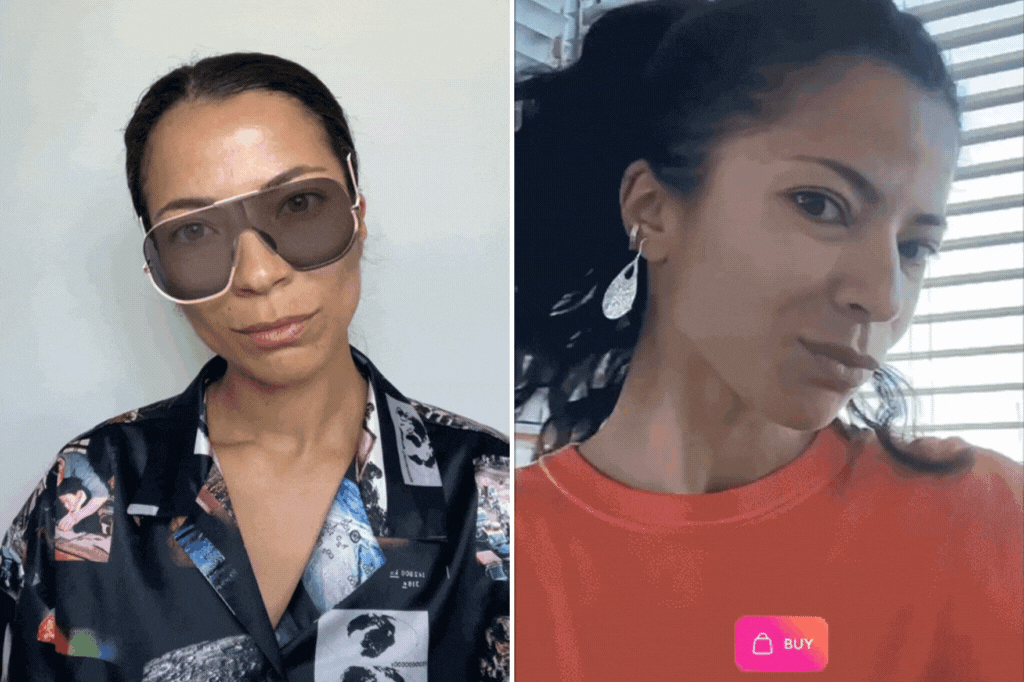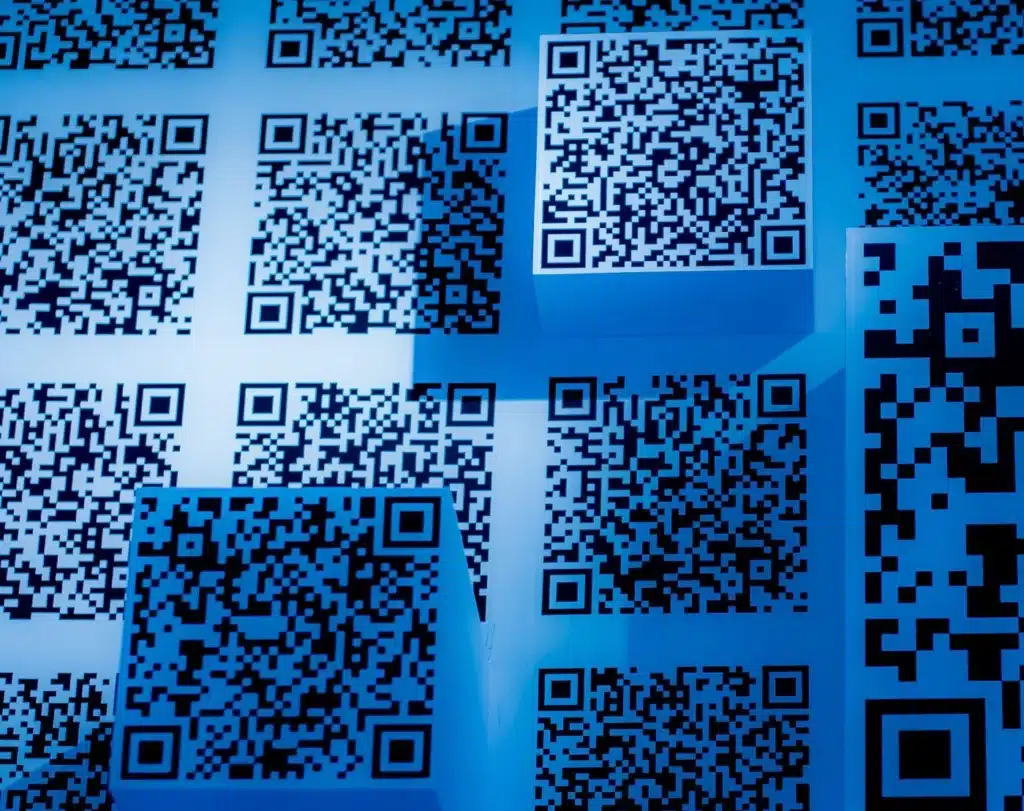Niantic and 8th Wall Explore New Monetization Strategies
Historically, Niantic has made much of its money through in-app purchases on its free-to-play games like Pokémon Go. However, recent announcements from the company suggest that it’s exploring new monetization strategies, including through web-based experiences powered by 8th Wall.
Niantic Pioneers AR Ads In-App
The Cannes Lions Festival recently took place in the South of France (and in Virbela, if you got a golden ticket from PwC). Niantic took the opportunity to announce a new ad format coming to its AR games.
“Rewarded AR ads is a revolutionary new ad product from Niantic, which uses the smartphone camera to immerse players within branded content in the real world around them,” said a release shared with ARPost. “Players engage with interactive experiences within these ad units while they move around in the real world to unlock rewards within the game.”
This might sound like it disrupts the game, or poses an undue bother to players. However, this might not be the case. If done thoughtfully, this ad format could be a way to introduce players to branded immersive content that they might be otherwise interested in anyway.

“Ad” might have a bad taste to it – like a commercial that interrupts the video you’re watching. But tastefully executed branded immersive experiences often feel less like ads and more like opportunities for consumers to participate in brands that they care about. Companies like Coca-Cola create branded immersive experiences that are actively sought after by fans.
“AR offers an exciting new way to engage people powered by fresh innovation in spatial computing,” Niantic VP of Sales and Global Operations, Erin Schaefer, said in the release. “Audiences can engage with Rewarded AR ads to have immersive and enjoyable brand experiences, discover new products, or engage with interactive features.”
What about immersion? AR is built on the user’s physical surroundings. Artistically done location-based advertising might play into the blending of real and imagined worlds, rather than interrupt it. So far, there have only been limited pilot programs so we have yet to see for ourselves.
Get Out Your Virtual Wallet
Tested ads in AR apps directed players towards a physical point-of-sale from within their game – and lured players with the promise of in-game rewards. But WebAR is where most branded immersive experiences currently take place and Niantic has a big stake in that world since purchasing 8th Wall last year.
In addition to being a larger established ad market, WebAR is less limited to actions and interactions within a given application. It’s easier to do things like conduct e-commerce through the web than through an app, and rewards for customers aren’t confined to a given application.
That’s increasingly true given the advent of Web3 – an era of the internet in which users access online experiences not through individual profiles and accounts, but through one “wallet” that maintains a digital identity across experiences. SmartMedia Technologies, a “Web3 engagement and loyalty platform,” announced such a wallet integrated into 8th Wall.
“By combining our expertise in Web3-enabled mobile wallets with Niantic’s AR technology, we aim to create innovative experiences that enhance user engagement and drive brand loyalty,” SmartMedia Technologies CEO, Tyler Moebius, said in a release shared with ARPost.
As with AR ads, branded experiences through WebAR linked with a user’s wallet have proved a promising proposition to users who might already seek out branded experiences. These experiences now have the potential to exist in other areas of the users’ online life.
“This opens up a new frontier of creativity for brands and the opportunity to redefine how they engage with their target audiences,” Niantic Director of Product Management, Tom Emrich, said in the release. “Our collaboration with SmartMedia Technologies adds a new dimension to WebAR experiences for brands by giving consumers ways to build and activate their digital collections.”
A World of Augmented Ads?
The film Ready Player One gave us an instant classic scene as executives try to decide exactly how much of a player’s field of view can safely be taken up by advertising. It doesn’t have to be that way, as AR ads can blend into the virtual world just as they so often blend into the physical world. Niantic isn’t a bad group to be leading the charge.
Niantic and 8th Wall Explore New Monetization Strategies Read More »





